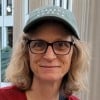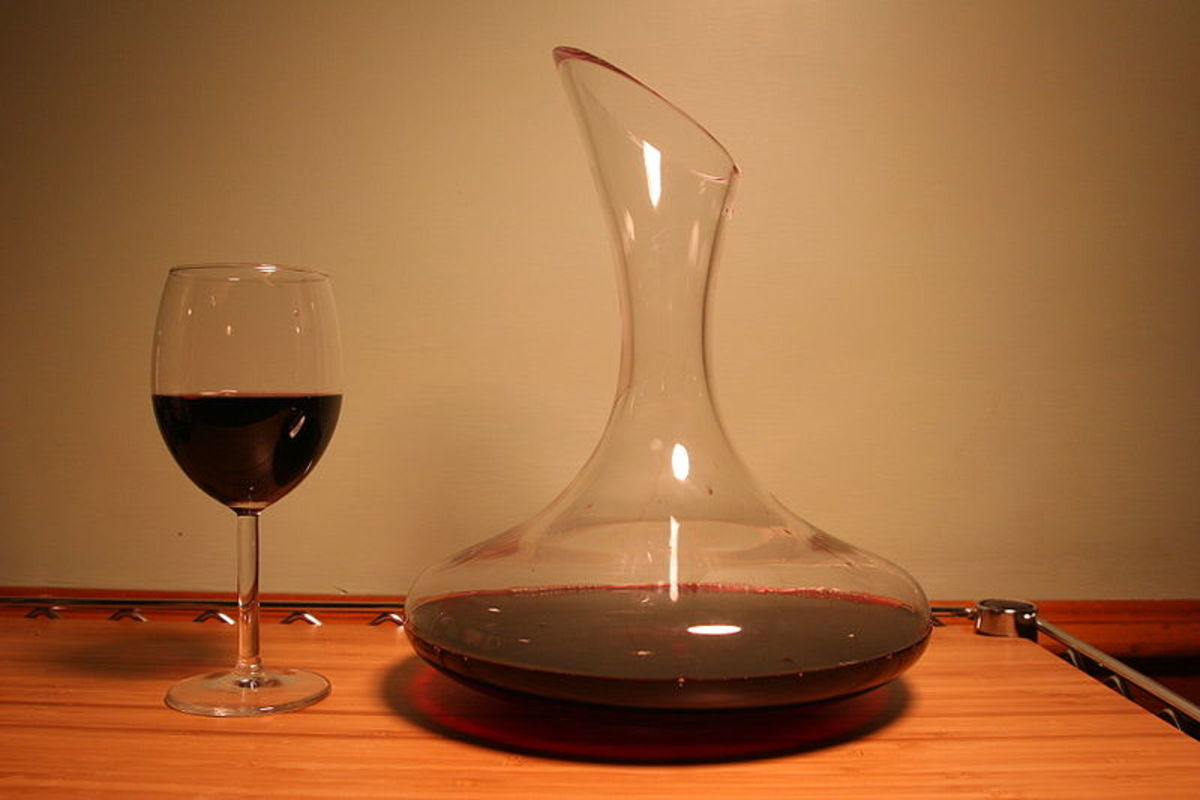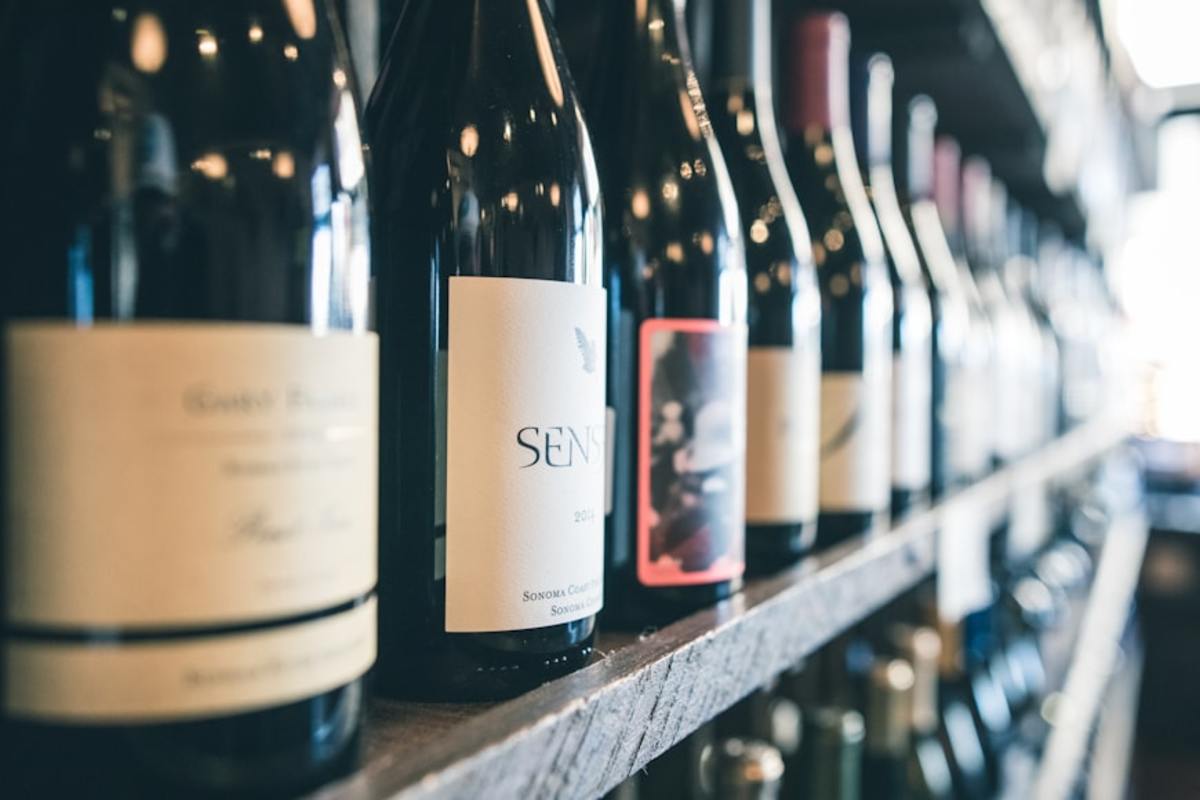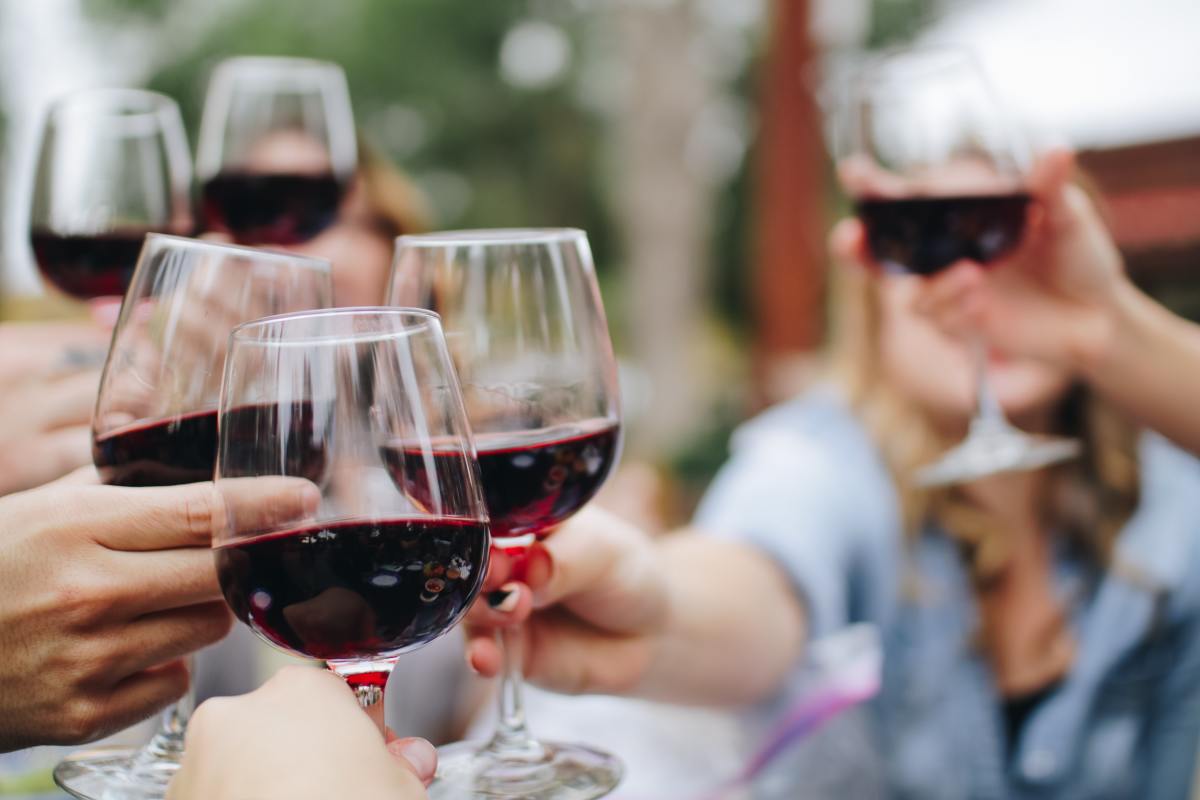Visit Bordeaux and Tast the Wines of France

Bordeaux Landscape of Wine
Bordeaux is where wine lovers from all walks of life travel to experience the delicacy of French wine. Not only does the wine draw visitors, but travelers cherish the variegated landscape rich with forests, rivers, and streams flowing back and forth with endless vineyards. The quaint villages, friendly people, and flavorful yet relaxing cuisine can't go without mention. But still, the only reason to visit Bordeaux is its notable red and white wines, particularly the reds.
Each Bordeaux wine introduces the distinct impression of the estate owner or master winemaker. The grape varieties in the area develop well-defined wines with exceptional aroma, flavor, and color qualities.
French Wine
Romans brought wine to Bordeaux, and the wines have benefited from a favorable reputation. Today, Bordeaux yields more wine than any other area in the world. From its sweeping 247,000 acres of vineyards, the area produces about one-quarter of France's wine production. Seventy-five percent is red.
Exploring Bordeaux With The Wine Bible
Before I headed to France to sip the wine, I picked up my copy of The Wine Bible and read about French wine. The book offers information about all vineyards in the world. It is a helpful reference for anyone beginning their wine journey in France or ready to learn about wine. Reading the book, I compared the differences between Bordeaux, Cabernet Franc, and Merlot. Nothing is like visiting France and experiencing the wines in person with a French winemaker.
The Wine Bible

“Wine is one of the most civilized things in the world and one of the most natural things of the world that has been brought to the greatest perfection, and it offers a greater range for enjoyment and appreciation than, possibly, any other purely sensory thing.”
— Ernest Hemingway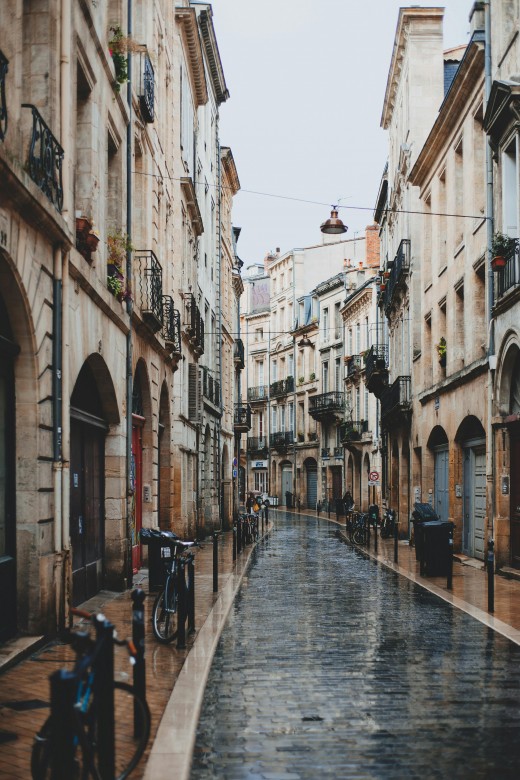
French Red Wines
Every Bordeaux wine stands out on its own merits and is calculated in detail based on the impression of the estate owner or master winemaker. The grape varieties grown in the area develop unique aroma, flavor, and color qualities.
The wine's elegant colors and fruity aromas hide their robust flavors with tannins of the reds like Merlot, Cabernet Sauvignon, Cabernet Franc, and Petit Verdot with a touch of Carmenère and Malbec. Sipping a Merlot from Bordeaux, I smile and fall in love with the feminine and sensual character. My husband sips the Cabernet Sauvignon. He takes a moment to speak tenderly to me about the intensity and prevailing tannic in the young wines. The remaining reds follow subtle combinations with Merlot or Cabernet Sauvignon, imparting suppleness, structure or elegance. The varieties vary depending on the dominant status of each wine. It also relates to the year it harvested and the discernment of each winemaker.
Within an hour’s drive, you can visit several vineyards. Here are a few desired wine routes to please your palate.
French White Wines
Sauvignon Blanc and Sémillon are the leading white varietals. The Sauvignon Blanc aroma imbues a trace of citrus and exotic fruits, possibly blackcurrant blossom, boxwood, or white flowers. The Sémillon aromas are less powerful, with touches of almond, hazelnut, and prunes.
Most of the wine in Bordeaux flourishes on individual properties on a small scale, drawing its popularity from the distinct flair of each bottle. By tradition, at least 12,000 winemakers in the area create different wines, and depending on your taste, you can intermingle a glass of wine with history, beaches, strolls or delicious food.

"In wine, there's truth."
— Pliny the Elder, "Natural History"History of Bordeaux
Within an hour’s drive, you can visit several vineyards. Here are a few wine choices to please your palate.
The east of Bordeaux is perfect for history enthusiasts as they can discover the Bastide de Monsegue or de Sauveterre de Guyenne, which has medieval surroundings among the vines. The journey starts and finishes with the Côtes de Bordeaux and the picturesque Château de Cadillac, along with the Citadelle de Blayeor and a light lunch in Bouliac. You can visit the Abbaye de la Sauve, drunk in history. Of Course, the wines are everywhere with a promising visit at the châteaux.
The Fortified Towns Road leads to the largest wine-growing region in Bordeaux. The area allows exploration through history by exploring fortified towns like Sauveterre and Creon. Even abbeys like La Sauve Majeure inspire visitors to become history buffs. The wine-growing region called Entre-Deux-Mers means accurately “between two seas” due to the two rivers (Dordogne and Garonne) outlining the area. In this region, you bring a glass of wine to your lips and sip fruity, spirited reds, clarets and rosés, and a wide variety of sweet, crisp whites.
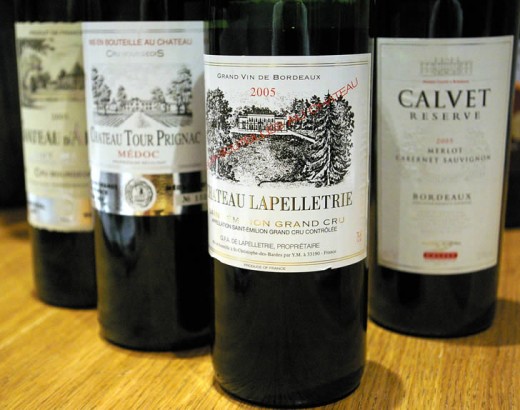
“If we sip the wine, we find dreams coming upon us out of the imminent night”
— D. H. LawrenceFrench Countryside Vacation
After touring Bordeaux, I will never forget the true beauty of French wine or the landscape of rivers and streams intertwining forests and vineyards. The relaxing meals with friendly people in the picturesque countryside frame my visit as forever remarkably unique. The unrivaled memory I will always treasure is Bordeaux’s famous wines, particularly the reds.
Wine Production and Quality for Bordeaux, France
- Bordeaux: A Consumer Guide to the World Finest Wines
Maps and history of Bordeaux — begin your wine-tasting tour. - Wine Production and Quality for Bordeaux, France
Bordeaux, known for its reds, which is the best: Cabernet Sauvignon or Merlot
This content is accurate and true to the best of the author’s knowledge and is not meant to substitute for formal and individualized advice from a qualified professional.
© 2012 Kenna McHugh
